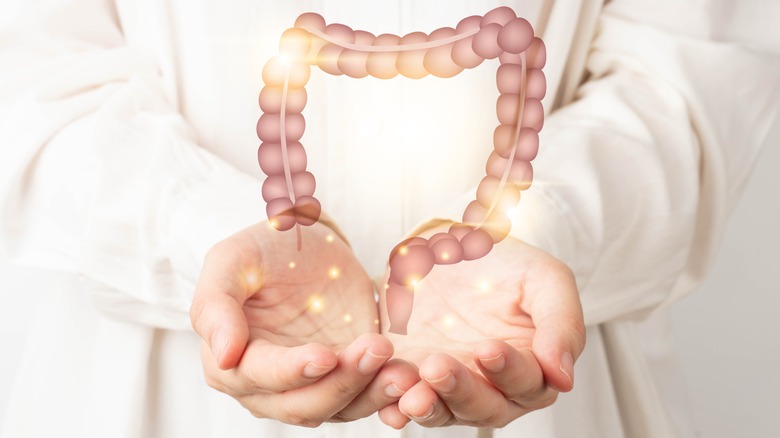What Are Enemas Used For?
For many people, going to the bathroom is much like breathing. They don't have to think too much about it — it just happens. But for people with chronic constipation, wondering when their next bowel movement is coming can become a stressful situation that takes up an exorbitant amount of headspace.
According to Johns Hopkins Medicine, people with constipation usually experience hard, dry bowel movements fewer than three times a week. And while most people will experience bouts of constipation from time to time, nearly four million Americans experience chronic constipation that can be disruptive to their daily lives.
Everyday Health identifies consuming too much dairy, alcohol, or processed foods, as well as not drinking enough water, not exercising enough, and not incorporating enough fiber into your diet as the most common reasons we experience constipation. Oftentimes, chronic constipation can be addressed with lifestyle changes that cater to one or all of these issues. In some cases, however, intervention may be necessary, and that's where enemas come in. Verywell Health describes an enema as the insertion of liquid through the rectum and into the colon. Let's take a closer look at what enemas are used for and how they work.
Types of enemas and what they're used for
Enemas are most commonly used to address instances of constipation, but they can also be administered before certain medical procedures that require a clean colon (per Healthline). Some people may even use enemas as a detoxification tool, believing that cleansing the colon can improve depression, fatigue, irritability, allergies, and headaches. While a 2011 study found that people with constipation are, in fact, more likely to have depression and anxiety, there isn't enough evidence to say for certain that the other symptoms are impacted by waste buildup in the colon.
There are two types of enemas, according to Healthline — cleansing and retention. Cleansing enemas, which are water-based, are designed to be held in the colon briefly before being expelled, along with any impacted stool that may have been present in the bowel. Cleansing enemas typically contain saline or Epsom salt. They work by filling the colon, signaling to your body that it's time to have a bowel movement. Other cleansing enemas can include sodium phosphate or soap suds which irritate the bowel, prompting it to expel its contents. Lemon juice or apple cider vinegar are other common additives, said to improve the body's pH balance.
Retention enemas, which are water or oil-based, are held in the body for 15 minutes or more to soften the stool before it's expelled. Coffee, mineral oil, probiotics, and herbal infusions like catnip and red raspberry leaf are commonly used in retention enemas.


